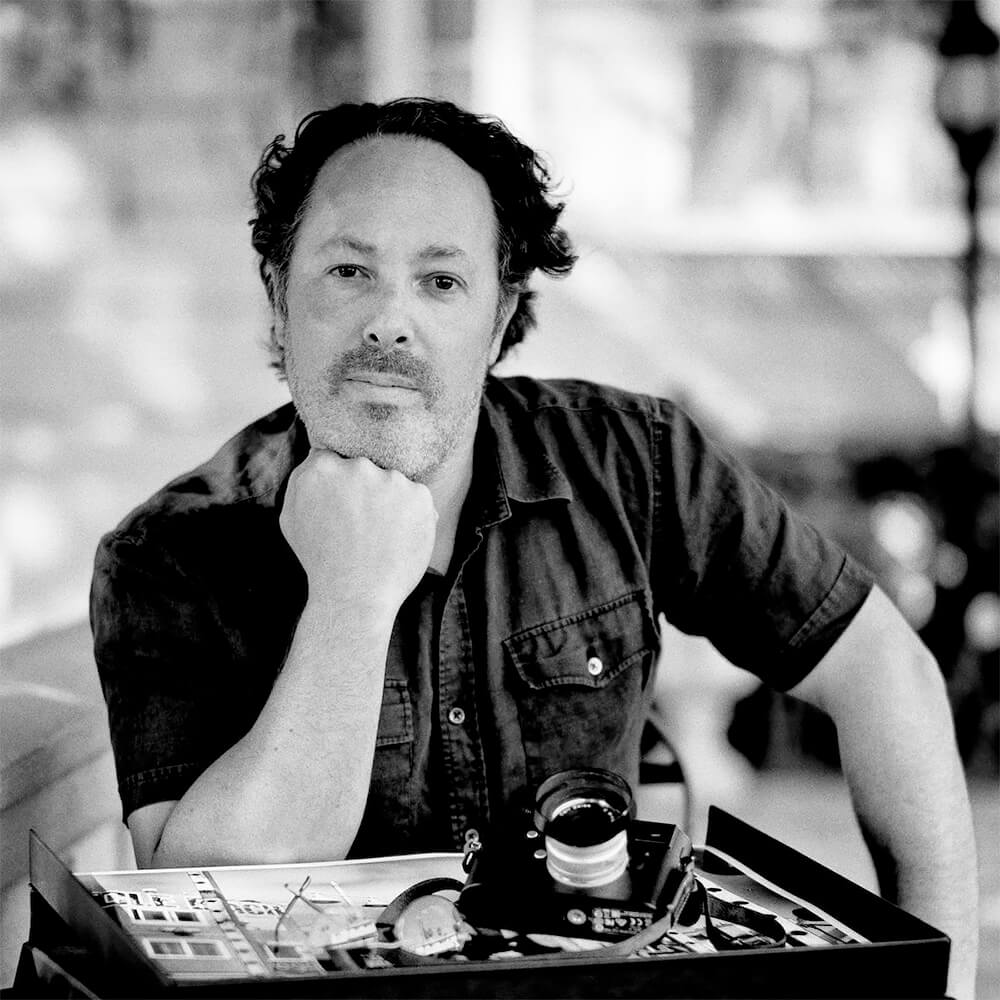Dotan Saguy was born in a small kibbutz five miles south of Israel's Lebanese border. He grew up in a diverse working-class Parisian suburb, lived in Lower Manhattan during 9/11, and moved to Los Angeles in 2003. In 2015, Saguy decided to focus on his lifelong passion for photography after a successful career as a high-tech entrepreneur. Since then Saguy attended the prestigious Eddie Adams Workshop, Missouri Photo Workshop and studied photojournalism at Santa Monica College. Saguy's award-winning photographs have been published by National Geographic, The Guardian, The Los Angeles Times, among many other publications. Saguy teaches street photography and documentary workshops for Leica Akademie and Momenta Workshops. In 2018 Saguy's first monograph about the endangered culture of Venice Beach, CA was published by Kehrer Verlag and received a Bronze award by the prestigious Deutscher Fotobuchpreis 2018-19. Saguy lives in Los Angeles with his wife and two children.
Statement
I met the Reis, a Mormon family from Brazil, the day they arrived in Los Angeles in October 2018 in the yellow school bus they call home. They had come to the United States two years prior to chase the American Dream and although they had quickly found financial success, happiness proved much more elusive with long work hours and material acquisitions leaving them unsatisfied. This body of work documents the trials and tribulations of the Reis family over their 10-month stay in the City of Angels while they struggle as vehicle dwellers, improvised mechanics, unconventional parents, experimenting breadwinners while seeking happiness as a family. The interviews conducted as part of the project also raise subjects such as immigrants chasing the American dream, modern parenting, the growing urban phenomenon of people living in vehicles and rebelling against a strong religious identity in the Internet era.
Articles
About Nowhere to go but Everywhere
Dogtown